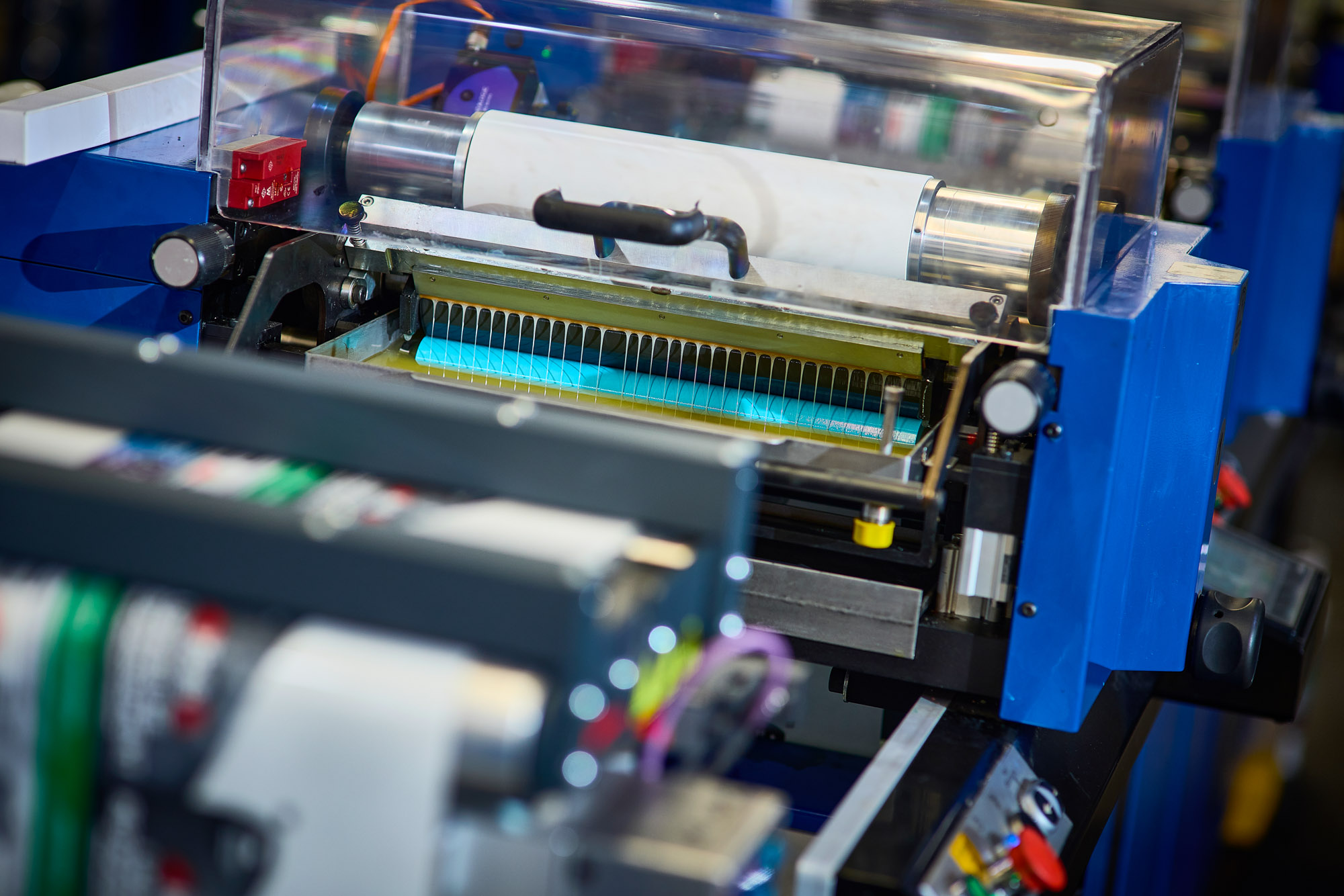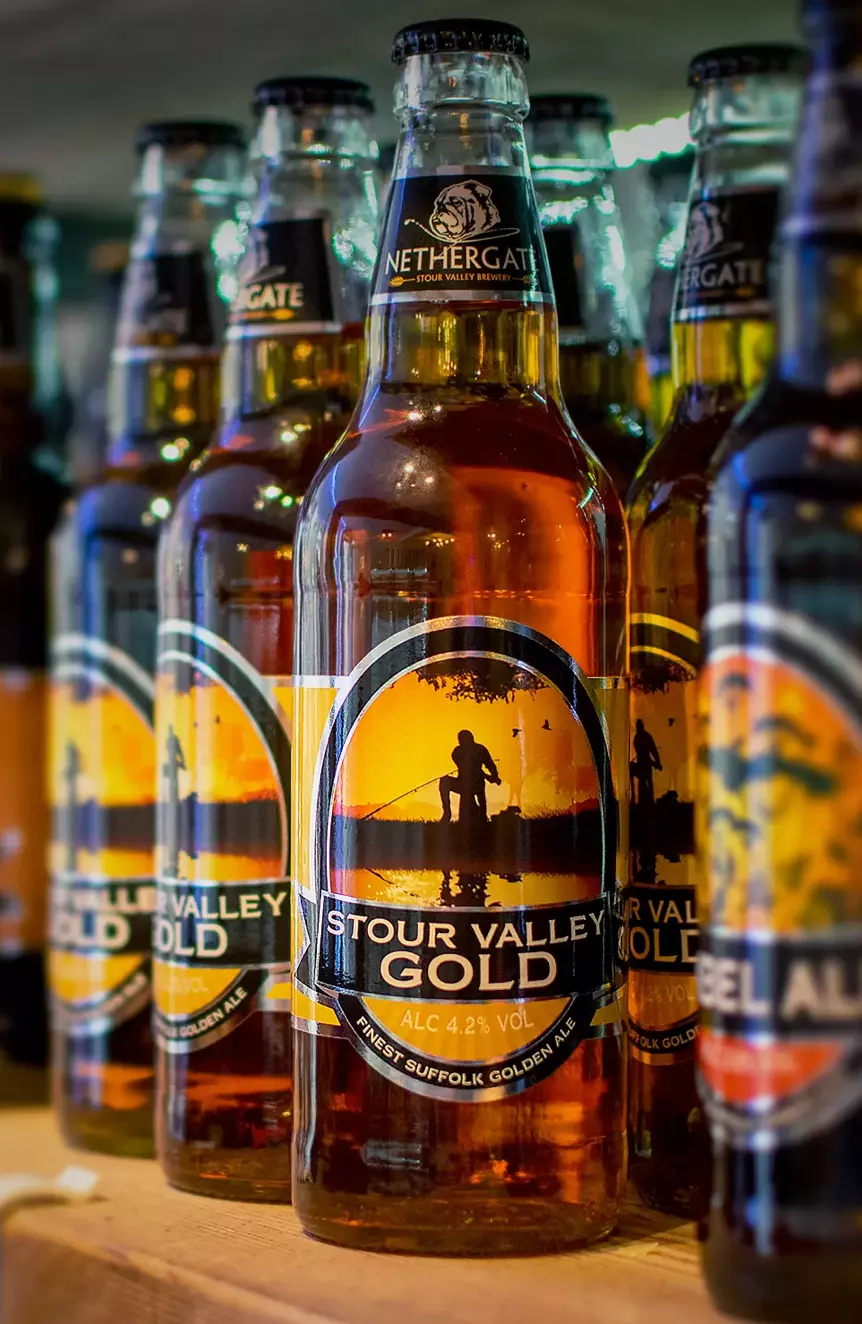Introduction
Label production methods have come a long way since the inception of printing technology. Today, various printing processes are used to create custom labels, decals, and graphic overlays. Some of the common methods include flexographic printing, screen printing, and digital printing. Digital printing, unlike traditional methods, does not require plates to transfer images onto labels. This makes it a more efficient and cost-effective option for label productionneeds.
This guide delves into the core label production techniques, from digital printing’s evolution to flexography’s traditional-meets-modern approach. We’ll explore thermal printing innovations, cold and hot stamping applications, laser cutting’s precision, and embossing’s textural allure. Additionally, we examine material selection, adhesive importance, and the shift towards eco-friendly options for sustainable production.
What are the emerging trends in label production techniques?
Building on our earlier discussion on the crucial role of brand packaging, let’s delve deeper into its dynamics. We’ll assess how it goes beyond the realm of ordinary packaging and seamlessly becomes an embodiment of the brand’s identity.
Emerging label production trends include digital printing for customisation, smart labels for interactive experiences, sustainable practices like biodegradable materials, and augmented reality for engaging consumers. Keep an eye on these techniques to stay ahead in label production!
Why Digital Printing is a Game Changer in Label Making
Digital label printing has flipped the script in the label-making world. It takes your digital artwork and zaps it directly onto your label material—no fuss with old-school printing plates. This means you get your hands on those crisp, vibrant labels faster than ever. Whether you’re doing a short run or need each label to tell a different story, digital printing is your go-to.
What makes it so modern? It breaks down images into tiny dots, which means you get super sharp details and colours that pop. Plus, it’s kind to your wallet because it’s efficient and cuts down on waste. Need to tweak your design last minute? No problem. Digital printing is all about flexibility, allowing for last-minute changes that keep your labels looking fresh and up-to-date.
This tech isn’t just fast and cost-effective—it’s a powerhouse when it comes to customization. Variable data printing lets you personalize each label, making it perfect for custom orders or special editions. Ready to see your labels turn heads and fly off shelves? Digital printing is your secret weapon!
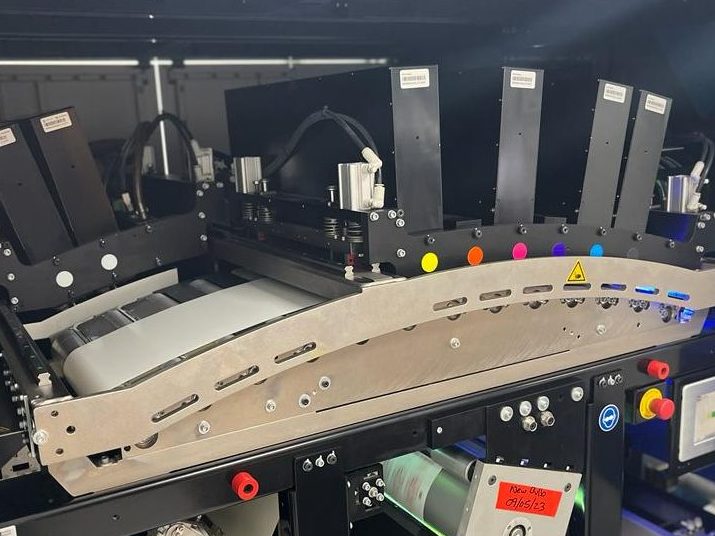
Flexography: Versatility Meets Efficiency
Flexography might sound like a blast from the past, but trust us—it’s got a firm foothold in today’s label production scene. What’s the secret sauce? This technique marries traditional print methods with modern-day tech to deliver crisp, vibrant labels. Using flexible printing plates and a whirlwind of a rotary press, it can handle just about any material you throw at it. From basic paper to fancy foils, flexography prints high volumes without breaking a sweat. Plus, it’s getting a green makeover with more eco-friendly inks and sustainable practices.
Letterpress: Vintage Charm, Modern Quality
Ever touched a wine label and felt a little magic under your fingers? That’s the work of letterpress printing. Unlike the whizzing machines of modern printing, letterpress is more like the calm, meticulous artist of the print world. Using raised plates to press into the label material, this method gives labels a unique texture that you can actually feel, adding an irresistible handcrafted quality to each piece.
While it may take a bit longer than other printing techniques, the results are worth the wait. The precision and depth it brings to images and text are unparalleled, making it a favourite for luxury items like premium wines and artisanal goods. The charm of letterpress is in the details—it can transform a simple label into a piece of art, making any product it graces something truly special to hold and behold.
So, if you’re looking to give your products a touch of vintage elegance with a quality that stands up to modern scrutiny, letterpress is your go-to. It’s not just printing; it’s creating a tactile connection between the product and the person. And in a world where everything feels increasingly digital, a little touch of tangible luxury goes a long way.
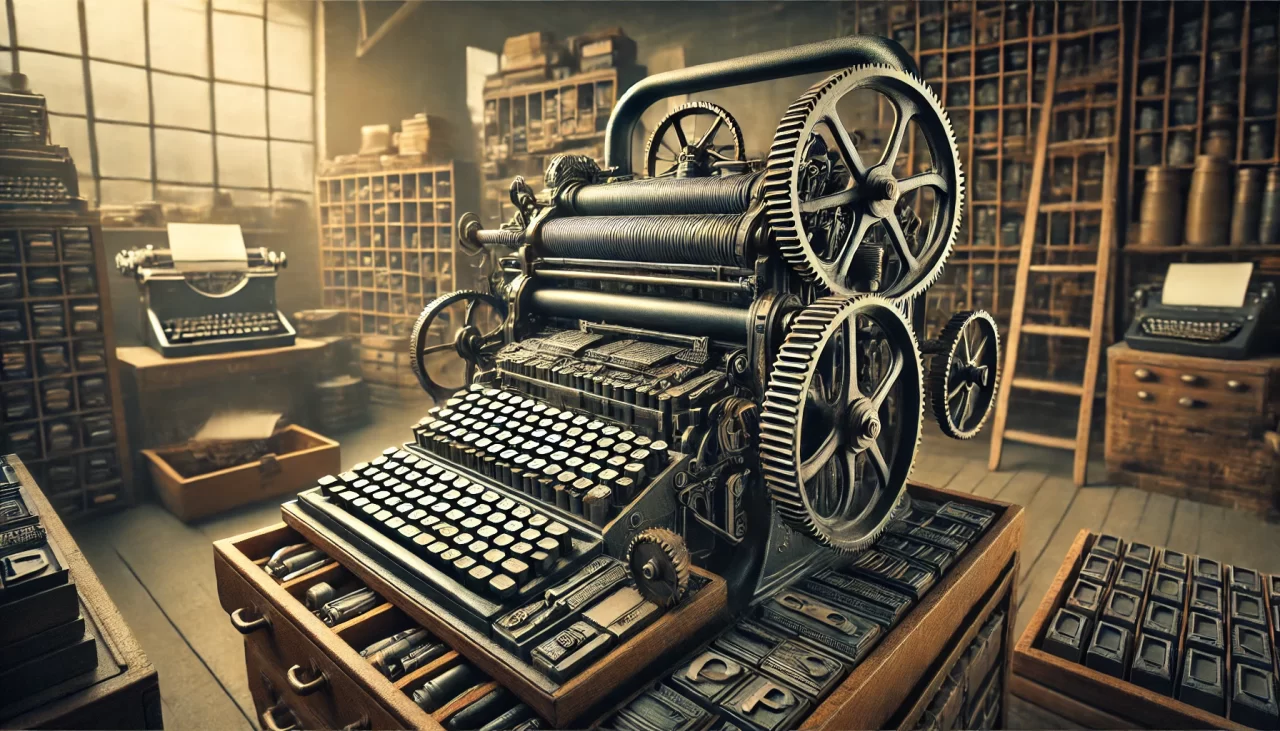
Thermal Printing: Fast, Flexible, and Built to Last
When it comes to label production thermal printing technologies stand out for their speed and durability. Let’s break down the two major players of thermal printing: thermal transfer and direct thermal printing.
Thermal Transfer Printing: The Long-Lasting Performer
Thermal transfer printing is like the marathon runner of label making—it goes the distance. Using heat-activated ribbons, this method doesn’t just print; it bonds the ink onto the label. This means you get labels that can face sun, rain, or dirt without fading or smearing. It’s a top pick for products that need to stay sharp in tough environments, like outdoor equipment or frozen food packaging.
Direct Thermal Printing: The Quick Change Artist
Direct thermal printing is the sprinter of the group, perfect when you need labels fast and aren’t worried about them fading over time. This method uses heat-sensitive materials that blacken to form images or text. No ink, no ribbons, just heat and you’re done. It’s ideal for shipping labels or receipts—anything that’s important now but not forever.
Why Pick Thermal?
Both thermal transfer and direct thermal printing offer unique advantages. Whether you need durable labels that last or quick prints that deliver right on time, thermal technologies have you covered. They keep up with high-volume demands without breaking a sweat, and adapt quickly to changing needs. Plus, with advancements in eco-friendly materials and energy-efficient designs, they’re helping the labelling industry stay modern and mindful.
Cold and Hot Stamping: Adding Luxury to Labels
Cold Stamping: Uses pressure to bond metallic foils onto labels, adding a shimmer without heat. Ideal for achieving a glossy, premium finish efficiently.
Hot Stamping: Applies heat and pressure with a metal die to embed textured designs into labels. Perfect for creating eye-catching, embossed, or holographic effects that exude elegance.
Why Choose Stamping?
Both techniques enhance the tactile and visual appeal of labels, making products stand out on shelves and capturing consumer interest with their sophisticated finishes.
Laser Cutting: Mastering Detail with Precision
Laser cutting technology stands at the forefront of label design, delivering impeccably clean and precise cuts. This method excels at carving out intricate patterns and complex shapes across a variety of materials, including paper, films, and synthetics. The result? Flawlessly smooth edges that enhance the sophistication of any label design, making it perfect for achieving high-level detail without compromising quality.
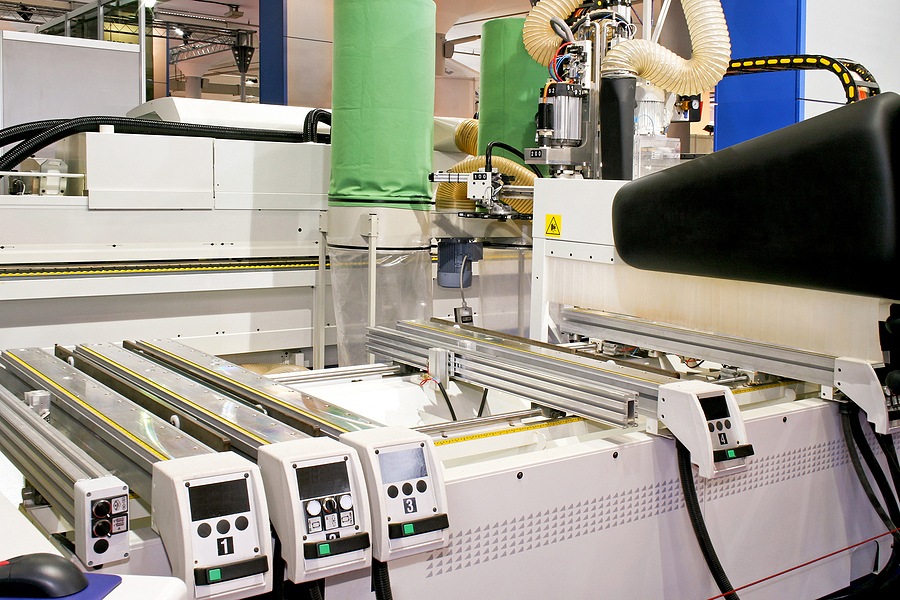
Embossing: Bringing Labels to Life with Texture
Embossing adds a unique, tactile dimension to labels by creating raised or recessed designs. This technique not only enhances the visual appeal but also boosts brand recognition by making labels more memorable and engaging. By adding depth, embossing makes products stand out, ensuring they catch the eye of consumers. It’s an effective way to enhance product distinctiveness and durability, giving labels a premium feel that consumers can actually touch.
Why Material Choices Matter in Label Production
Selecting the right materials is essential for crafting durable and functional labels. Paper options vary widely, offering different finishes, thicknesses, and coatings to meet specific product requirements. For tougher environments, synthetic materials like polypropylene and polyester are preferred for their superior durability and moisture resistance. Equally crucial is the choice of adhesive, which directly influences the label’s longevity and adherence performance, ensuring it remains effective throughout the product’s lifecycle.
The Eco-Friendly Wave
As the need grows for more eco-friendly approaches in our homes and across businesses sustainable label materials are quickly being adopted more and more. We can see it in companies eager to make a positive environmental impact and consumers conscious of the future. These options, crafted from recycled substances, biodegradable paper, or bio-based plastics, play a significant role in reducing the ecological footprint of packaging. Choosing sustainable label materials means companies can save natural resources, enhance recycling efforts, and reduce waste.
Adopting sustainable label materials is becoming a necessity for businesses that will also enhance a brand’s image and attract customers who value ecological responsibility. For instance, MTPak has developed biodegradable packaging for their products which helps demonstrate their commitment to sustainability while also resonating with eco-conscious coffee enthusiasts.

Enhancing Label Quality through Expert Techniques
Surface treatments are essential in enhancing ink adhesion, colour vibrancy, and resistance to fading. By applying specific treatments, we ensure that the ink bonds effectively with the label material, resulting in clear and lasting prints.
Lamination is another step in label production that can be very important. It involves covering the label with a protective layer, available in both glossy and matte finishes. Lamination adds durability and also protects the label from water, grease, and physical abrasion. Whether you prefer a shiny finish that makes colours pop or a matte finish look that reduces glare, lamination helps extend the lifespan of your labels.
Varnishing is a finishing technique that applies a clear, protective coating over the printed label. This not only enhances the label’s appearance with a customizable sheen but also provides an additional layer of protection against scuffs and scratches. The result is a label that not only looks professional but can withstand the rigors of handling and use.
By integrating these techniques, we create labels that not only attract attention but are also built to last, ensuring that your products look their best while being protected against everyday wear and tear.
Key takeaways
By understanding these modern label production techniques and finishing touches, your business stays ahead, delivering unparalleled quality that turns products into stars on shelves. Unleash your brand’s potential – contact our experts now.
